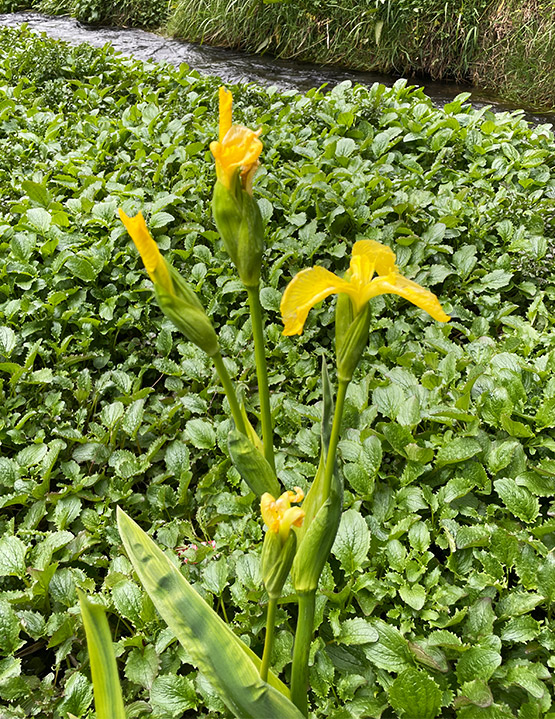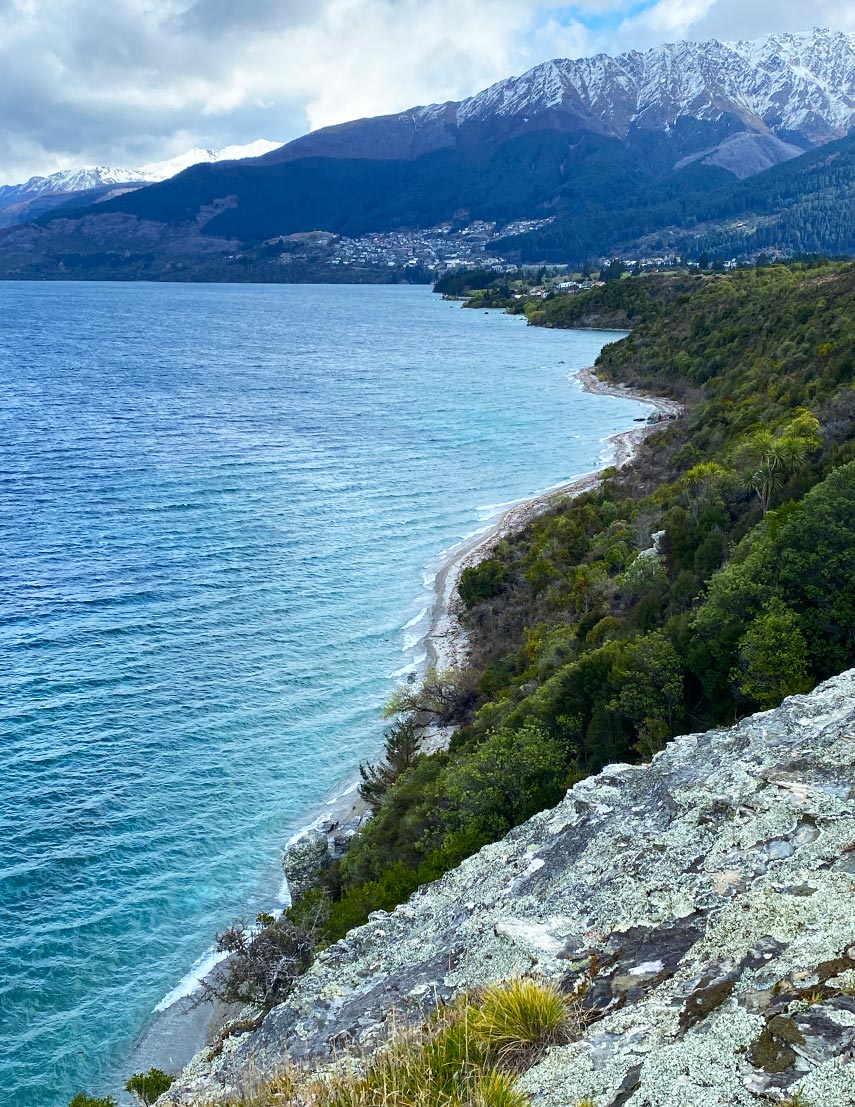Boffa Miskell was engaged to recommend a survey approach that identifies areas in the Otago region that are at high risk of invasion by yellow flag iris. Otago has extensive habitat suitable for yellow flag iris to establish. Identifying priority survey areas allows ORC to target its search efforts and optimise the resources available to undertake the delimiting surveys. Priority areas were determined through a desktop ecological assessment, which took into account historical and current records of yellow flag iris, suitable habitat for its establishment and proximity to settlements.
Following the initial report, Boffa Miskell was then engaged to undertake a pest plant delimiting survey in four areas in the Queenstown-Lakes District and provide prioritised management actions for ORC. Several biosecurity team members from ORC joined the survey as a learning opportunity to upskill them for future surveillance. Yellow flag iris was observed in all four survey areas, suggesting that it is more established and widespread than initially anticipated.
To efficiently take advantage of the field survey opportunity, we were also asked by ORC to survey for three other possible emerging pest plant issues: great willowherb (Epilobium hirsutum), giant hogweed (Heracleum mantegazzianum) and purple loosestrife (Lythrum salicaria), which have some overlapping habitat requirements with yellow flag iris.
Further surveillance was identified as the main priority for ORC to understand where yellow flag iris and the other pest plant species are on the invasion curve. Management actions for the four survey areas were also provided, prioritising outlier infestations and infestations that have significant human health or ecological impacts.



